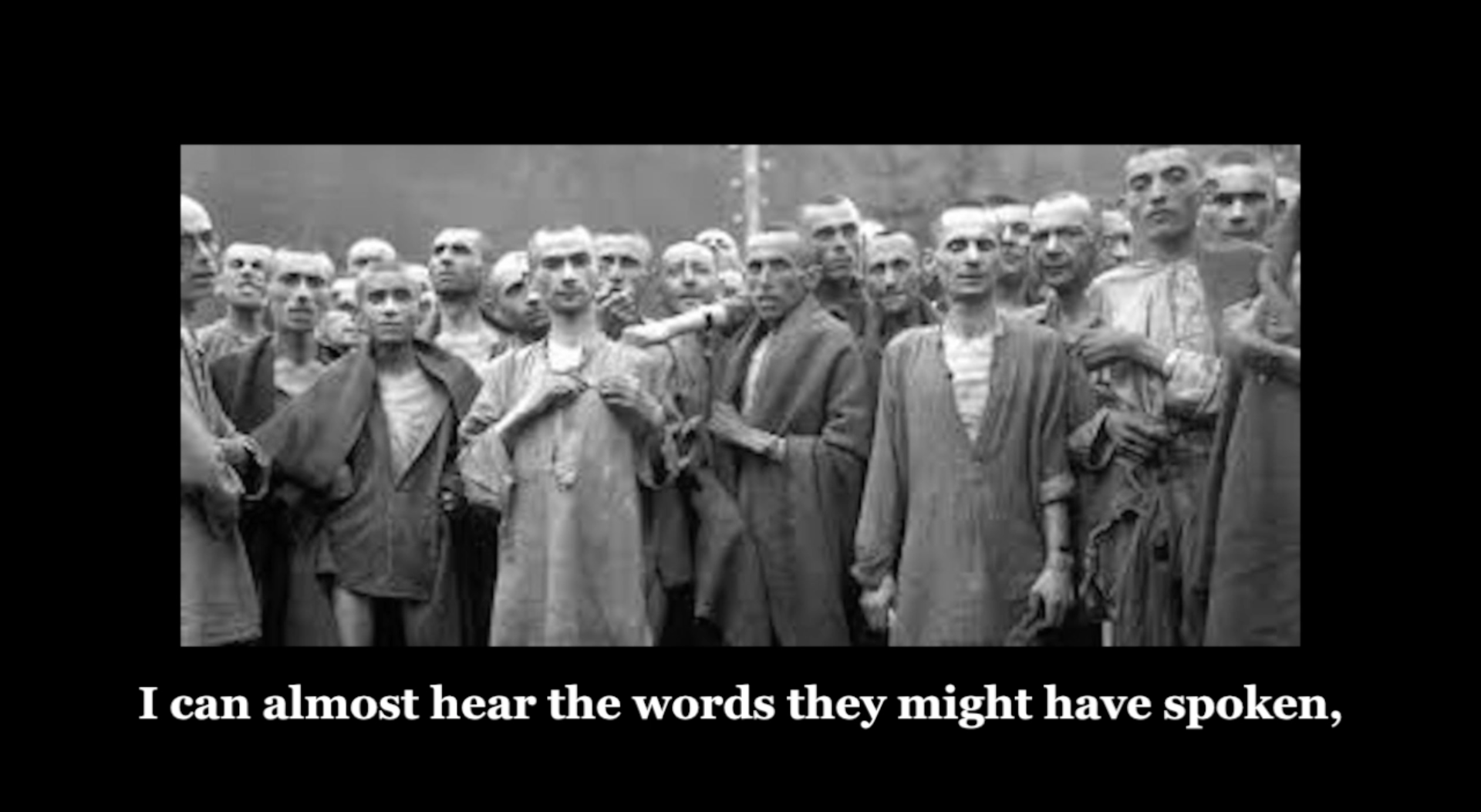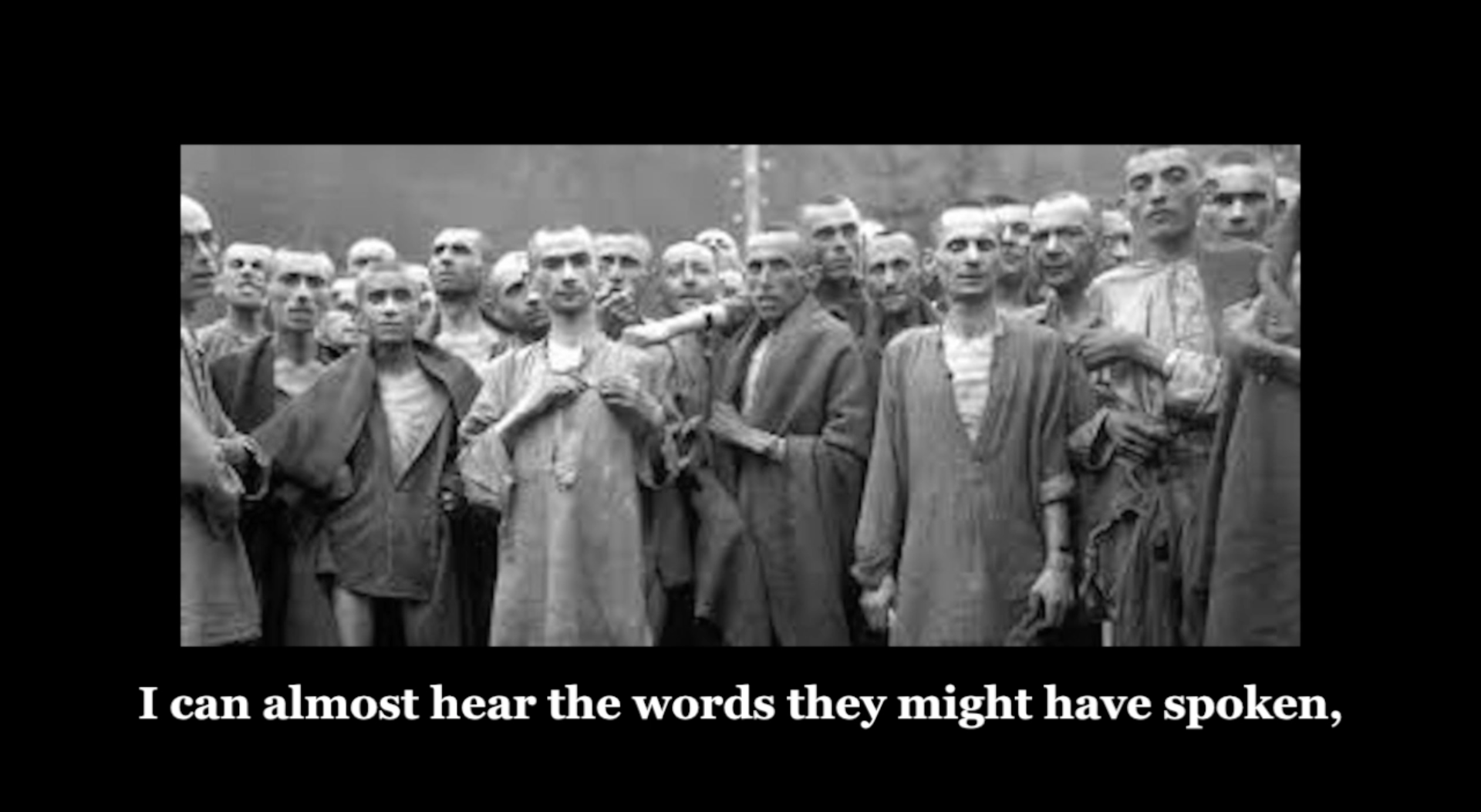About This Lesson
Hank Fellows is an ASCAP Award-winning songwriter whose patriotic and inspirational songs have been performed across America. In 2006, Hank wrote his song "6,000,000" as a remembrance to the victims of the Nazi concentration camps, as well as to the hundreds of thousands of victims of genocide in our own time. Since 2006, "6,000,000" has been an integral part of the Holocaust Studies curriculum of the NJ Commission on Holocaust Education for grades 4 through 12 (see attached letter). Free sheet music and instrumental tracks are available on Hank's "Share My Lesson" page under this song's title. The study of "6,000,000" and its lyrics (as a contemporary poem) is ideal for Holocaust Memorial Day, Holocaust Remembrance Day, and for any study of the Holocaust in US History and European History, and Social Studies classes. This resource also adds a contemporary viewpoint to the study of "Night" by Elie Wiesel, and to the study of genocide in Bosnia, Rwanda, Darfur, and Cambodia. A classroom performance of the vocal recording of "6,000,000" (included here) adds another level of understanding and excitement to the use of this resource in Holocaust Studies.

















This resource integrates music with reading.